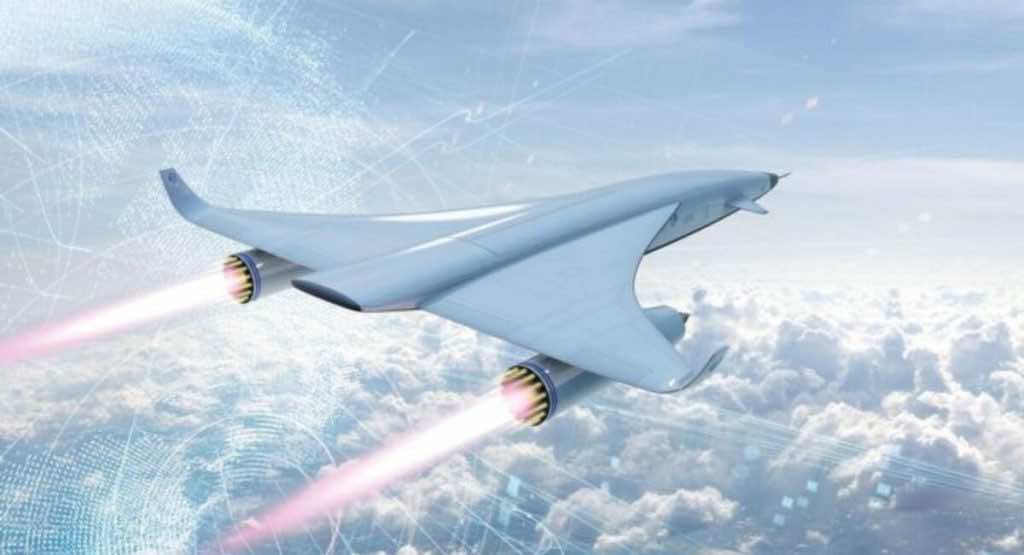This new detonation engine design may just be able to allow aircraft to go over Mach 17, that is 17 times the speed of sound. Going supersonic might be just an understatement now. This new research comes from the University of Central Florida or UCF. Researchers say that they have trapped a sustained explosive detonation for the first time that is fixed in place.
They can now channel the detonation’s enormous power into thrust in a new oblique wave detonation engine that could propel an aircraft up to 17 times the speed of sound. This could potentially beat the scramjet as a hypersonic propulsion method. Engines nowadays use a process called deflagration which is the burning of high-temperature fuel with oxygen. Although this is a relatively safe way to use the released chemical energy, you can’t utilize all of it.
Detonation on the other hand is spontaneous and can generate exothermic shockwaves capable of accelerating outwards at hypersonic speeds while releasing large amounts of energy. Researchers have been trying to harness the raw power of detonations for many years creating prototypes like the pulse detonation engines which were tested back in 2008 and the rotating detonation engine which was also made by a team from the UCF. The same team with some new faces has now come up with a better solution
The oblique wave detonation engine or OWDE aims to produce continuous detonations that are stable and fixed in space. This would make for a very efficient and controllable propulsion system that is capable of generating more power while using less fuel than other solutions. The UCF researchers say that they have successfully stabilized a detonation wave under hypersonic flow conditions, keeping it in place rather than having it move upstream, where it could cause the fuel source to explode or downstream, where it would lose its explosive advantage and fizzle out into a deflagration.
The team built an experimental prototype called the High-Enthalpy Hypersonic Reacting Facility – or HyperReact which is a hollow tube divided into three sections. The first section is used to ignite a jet of hydrogen fuel. The second section is a converging-diverging nozzle which is designed to accelerate the fuel mixture coming from the first section. The last section is the test section where the team was able to produce a stable, continuous explosion that could stay almost still.
According to Kareem Ahmad, an associate professor in UCF’s Department of Mechanical and Aerospace Engineering, “This is the first time a detonation has been shown to be stabilized experimentally. e are finally able to hold the detonation in space in oblique detonation form. It’s almost like freezing an intense explosion in physical space”.
Ahmad further explained that the prototype design was very close to what a full-scale OWDE could look like. The research is currently being funded by the National Science Foundation, the NASA Florida Space Grant Consortium, and even by the Air Force Office of Scientific Research.
Experts have even speculated that the research could lead to the development of hypersonic weapons.

